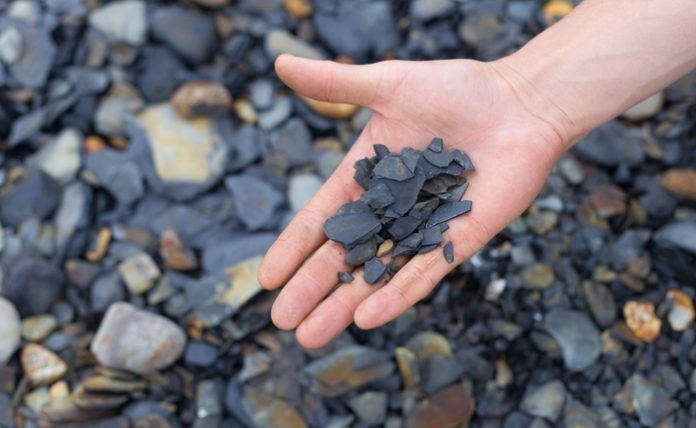The U.S. has faced something of a shale revolution recently as output continues to grow as the country moves towards a strategy of becoming energy independent. While major energy companies have been profiting from the growth in this sector, it turns out that smaller, independent shale drillers in the U.S. are struggling.
According to Robert Kaplan, President of the Federal Reserve Bank of Dallas, these independent companies are struggling to secure new funding, with a survey showing that investors aren’t willing to speculate on new, unproven resource sites anymore as larger companies already have a track record of success as well as large quantities of proven real estate.
In an interview with The Financial Times, Kaplan would go on to say that, in contrast to the more “speculative” image that’s stuck around in the oil drilling sector, the market is less than willing to take a risk on smaller companies in the hopes of striking it big.
“People have said to me in this industry, you’re either a buyer or a seller today. But if you stand pat, where you are, you’re going to be in a dangerous place . . . Even shale is not immune from disruption and capital discipline, and they’re feeling it right now. And this is why you’re seeing more merger activity,” said Kaplan. “The point of it is, technology and the characteristics of the industry are causing people to consolidate,” said Mr Kaplan. “Because if you’re going to have to drill upon drill upon drill upon drill to maintain just the same level of production, it’s expensive, and people are realizing just to do that, I need scale.”
A recent energy survey conducted by the Dallas Fed and polling around 200 oil and gas companies in the state, it became apparent that investors aren’t willing to take risks in the market anymore.
One anonymous oil executive even went so far as to say that the shrinkage of investor capital has been “breathtaking,” and that the prospects of new vertical drilling projects are “dead.”
This comes as a big shift for the market, as the developing of the U.S. shale industry was pioneered first by smaller and mid-sized exploration outfits willing to speculate on new sources of shale. Since then, however, larger companies have taken over an increasingly large portion of the industry in the Permian Basin.
ExxonMobil and Chevron have both planned to expand rapidly in the area. Other international behemoths, such as Royal Dutch Shell as well as BP, are all looking at possible acquisition opportunities.
As such, these smaller companies are facing a new paradigm in the sector. Struggling to find new sources of funding, getting bought out and consolidate into a bigger firm might be their best bet.
One main force driving this trend of consolidation comes from the fact that the more drilling sites that are closer together, the easier it is to handle the logistics side of things. The recent mega-merger between Anadarko and Occidental, for example, would see around $3.5 billion in savings thanks to newfound logistical efficiencies.
Overall, investors and traders should keep their eyes out for new merger possibilities in the shale sector, something that other markets like gold and even cannabis have been seeing for the past while now.










